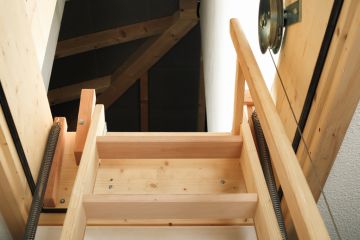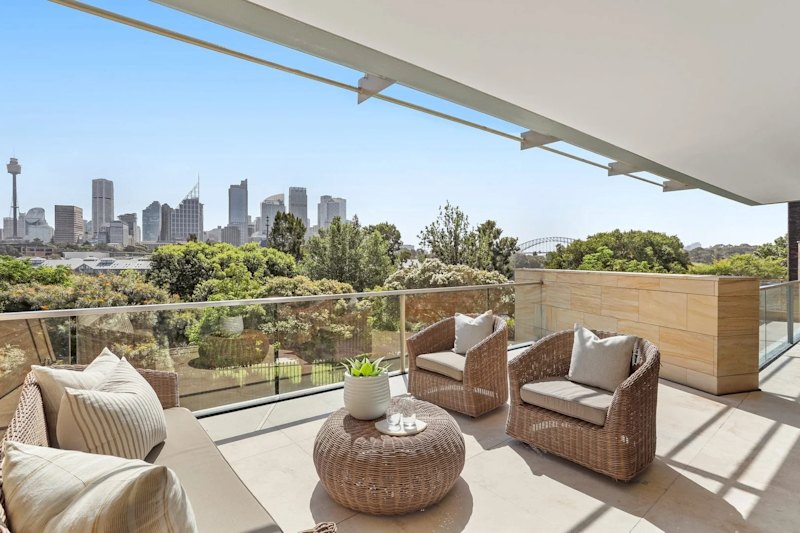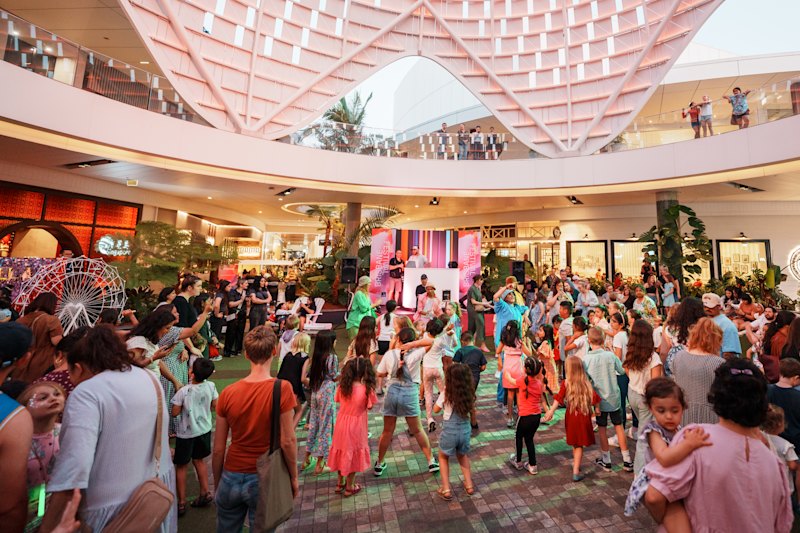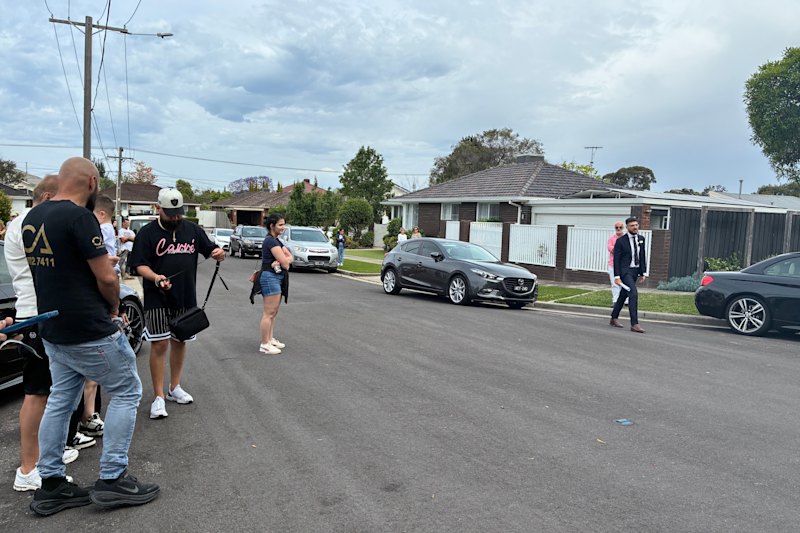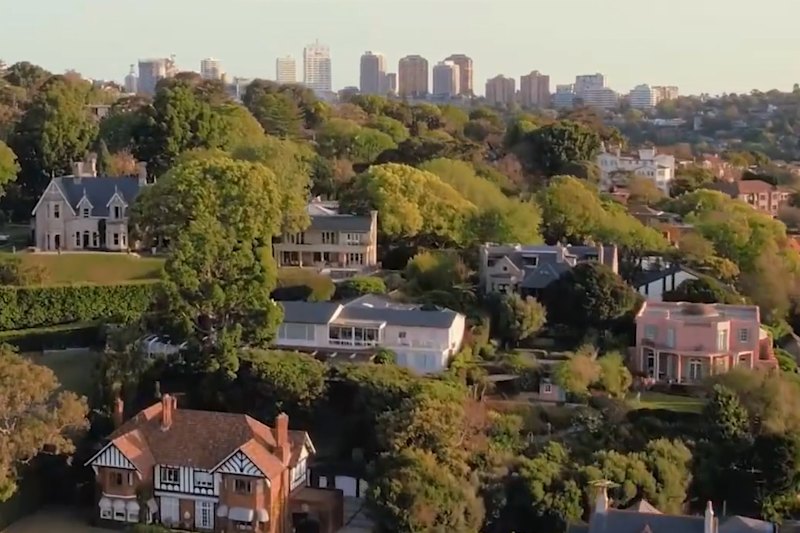How Australia's historic industrial waterfronts have transformed
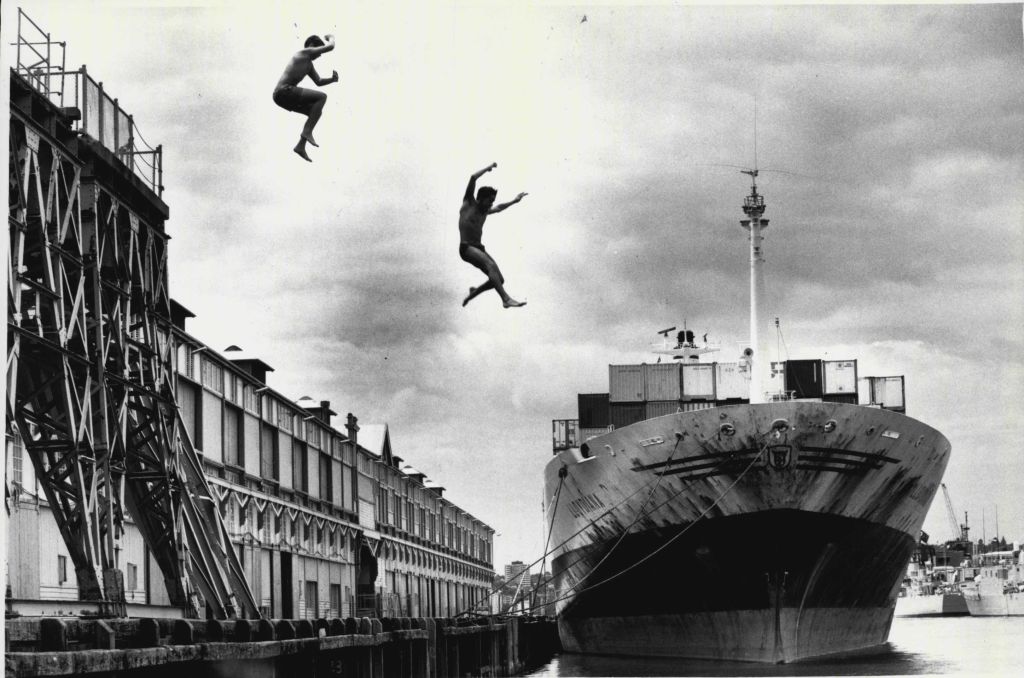
With Australia’s industrial age gradually coming to an end, some of the country’s most neglected waterfront areas are coming back to life in a whole new way.
Once-bustling wharves and maritime hubs have been reimagined into new community precincts with upscale apartments, hotels, cafes and stores.
These former industrial sites may have sat abandoned for decades, but their rich heritage and prime waterside positions mean they offer unparalleled lifestyle opportunities.
Woolloomooloo’s Finger Wharf
Perhaps one of Australia’s most well-known wharf restorations, Woolloomooloo’s Finger Wharf was saved from demolition in the 1990s. The then-state government had deemed it too expensive to refurbish and maintain, but residents and local councillors went into bat for the wharf, which went on to celebrate its centenary in 2015.
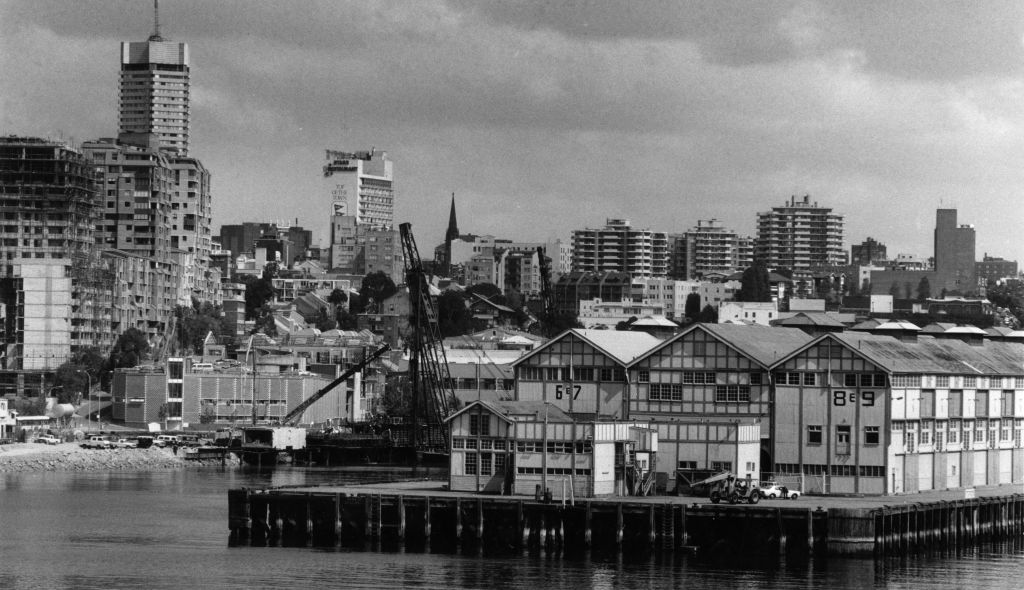
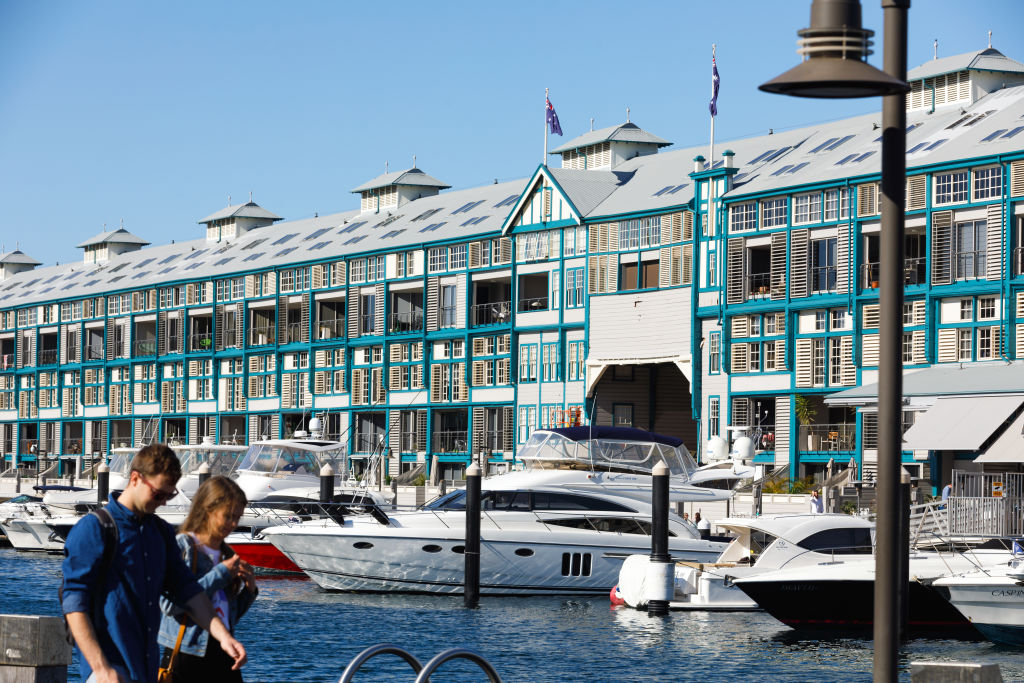
Its transformation, which was overseen by Buchan Group Architects, saw the historic wharf become a landmark destination for locals and tourists, home to 300 apartments, an upscale Ovolo Hotel and fine dining restaurants, including China Doll and Otto Ristorante.
Such is its impressive design and place in history, Sydney Mayor Clover Moore describes it as “the great cathedral of Sydney’s wharves”.
Seafarers in Melbourne
A rare slice of undeveloped waterfront land between Melbourne’s CBD and Docklands will soon become known as Seafarers – an “eco-precinct” comprising an 18-storey hotel and branded residences, function space and food and beverage offering, plus a large public park.
Developer Riverlee will spend $500 million reinvigorating the site, located between Spencer Street and Charles Grimes Bridge.

After the site had sat dormant for 40 years, Riverlee development director David Lee said the development was an exciting step forward.
“The northern part of the Yarra River has, in some ways, been forgotten about,” he said.
“Over the past 10 years, we’ve been dedicated to planning and designing a new riverfront precinct that will inspire, excite and bring new life to the Yarra.”
Seafarers will encompass Australia’s first 1 Hotel, a sustainable “eco luxury” hotel brand founded by US billionaire Barry Sternlicht. It will also feature Melbourne’s first international hotel-branded residences, 1 Hotel & Homes, above.
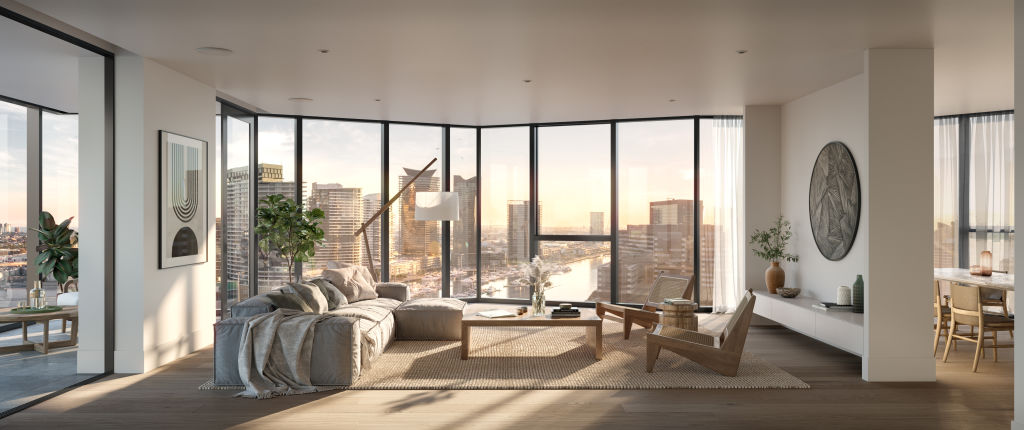
Residents at the Seafarers Residences, designed by renowned architect Nonda Katsalidis, will be able to take advantage of the hotel’s amenities including personal concierge services and in-room dining, as well as unique services like botanical care, pet care, organic pantry stocking and eco-conscious house keeping.
As part of the development, Riverlee will restore the historic Goods Shed No.5, and has already restored the 220-metre wharf along the Yarra plus Melbourne’s first electric crane.
Riverlee will also design and gift a 3500-square-metre public park, Seafarers Rest, back to the public.
Howard Smith Wharves in Brisbane
The $200 million restoration of the heritage-listed Howard Smith Wharves on Brisbane River was completed in 2018 and had an almost immediate impact on the community and surrounding property prices.
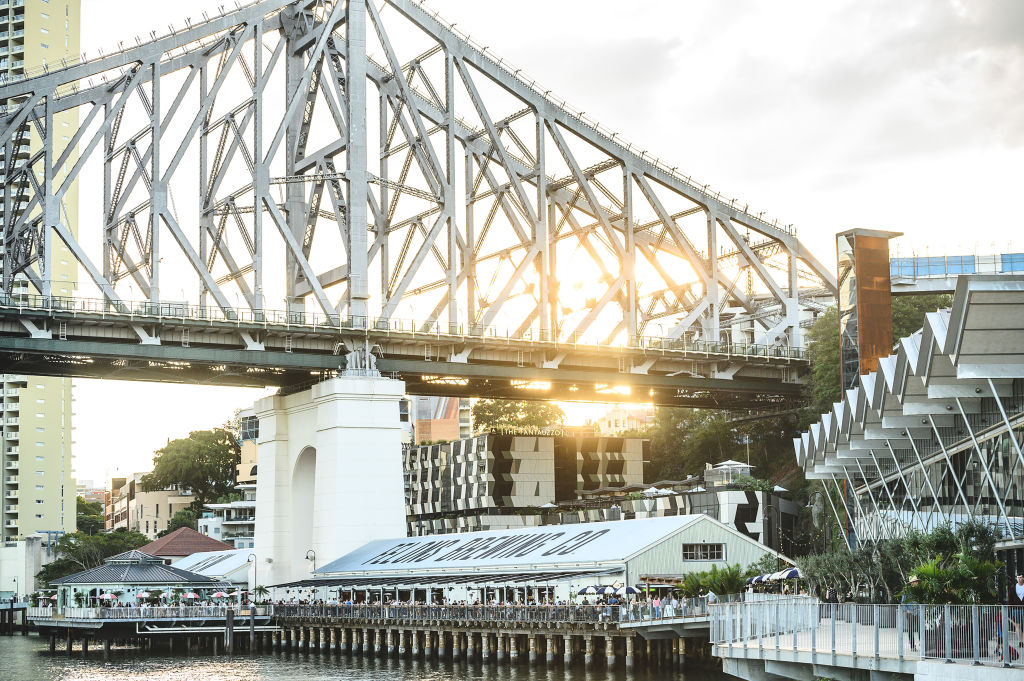
Real estate agents in New Farm and Fortitude Valley also reported a surge in demand for properties within walking distance of the historic wharves, which were built in the 1930s and largely abandoned in the 1960s.
In their newest form, the wharves now include a dining, retail and tourism centre in heritage-listed buildings, open spaces for markets and festivals, and an Art Series Hotel – The Fantauzzo – with a facade that blends into the cliff face.
A popular addition to the site is the craft brewery, Felons Brewing Co, named after four convicts who escaped Sydney by boat in 1823 and found the Brisbane River.
Honeysuckle in Newcastle
More than 50 hectares of former industrial land to the west of Newcastle’s centre have been renewed as part of the ongoing $55 million Honeysuckle project. The site, which spans four kilometres of waterfront land, has farewelled old buildings and welcomed new ones including apartment complexes, retail and hospitality spaces.
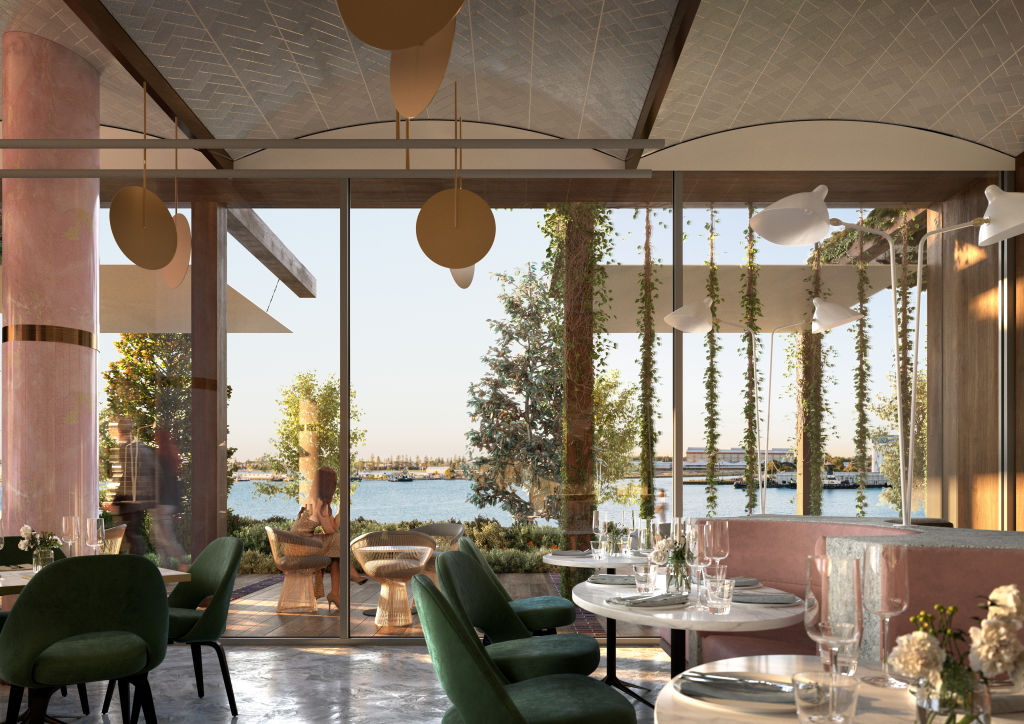
The Hunter and Central Coast Development Corporation has also undertaken major infrastructure works including rebuilding seawalls and creating waterfront promenades.
A public park will include picnic seating, covered barbecue areas and a maritime-themed playground.
We recommend
We thought you might like
States
Capital Cities
Capital Cities - Rentals
Popular Areas
Allhomes
More
- © 2025, CoStar Group Inc.
